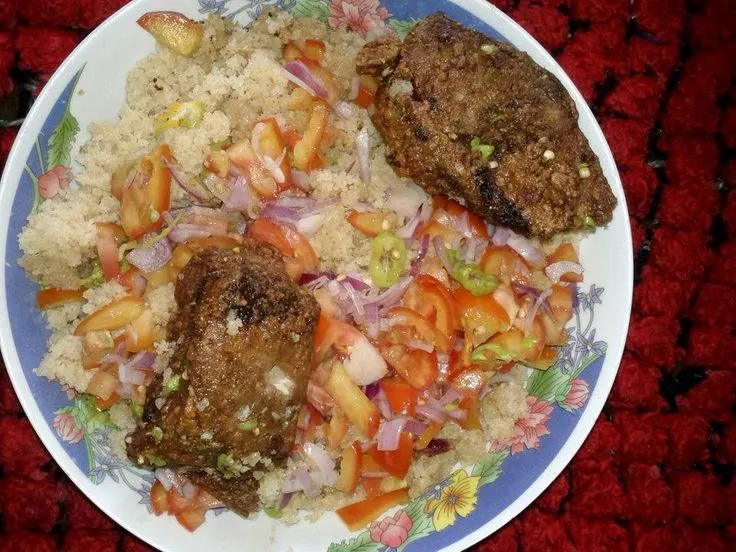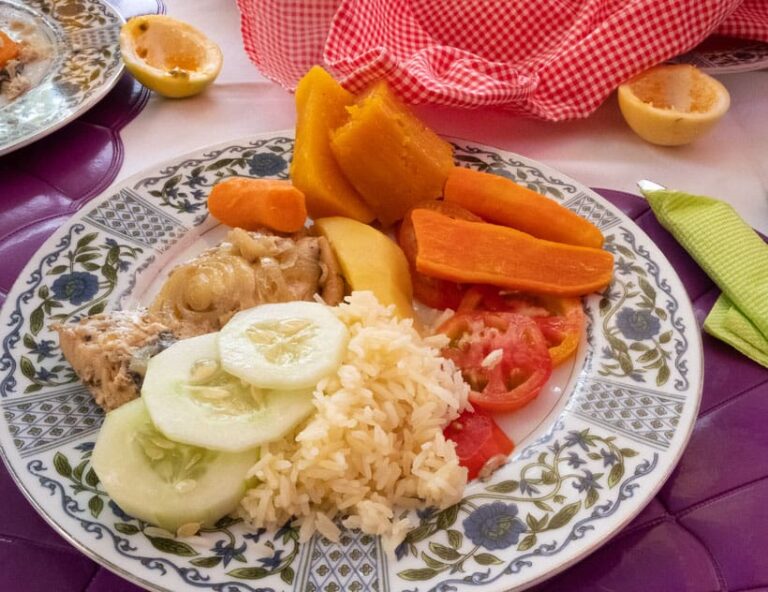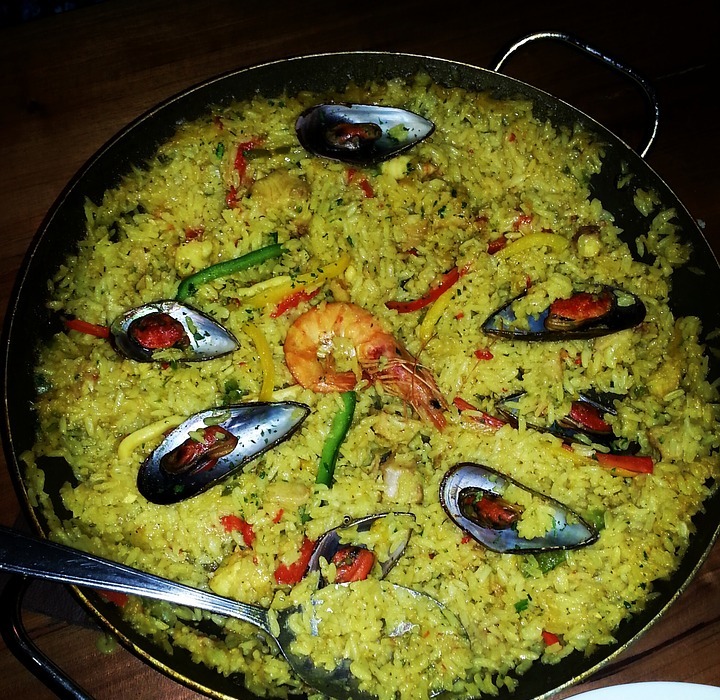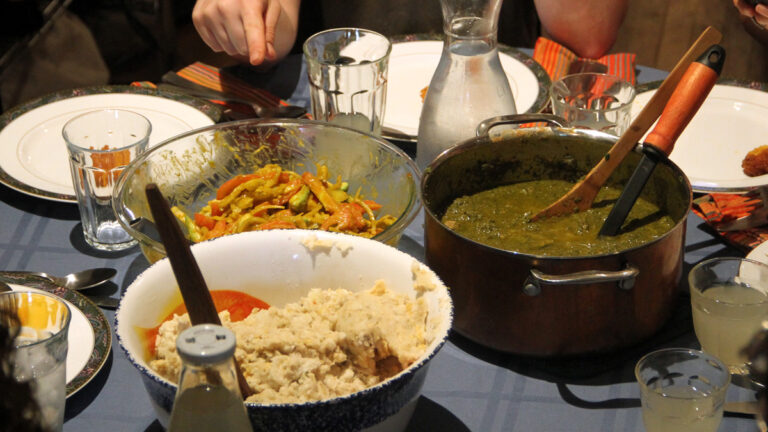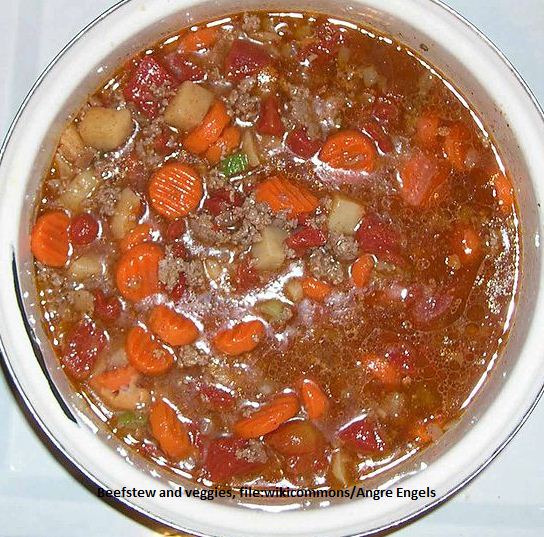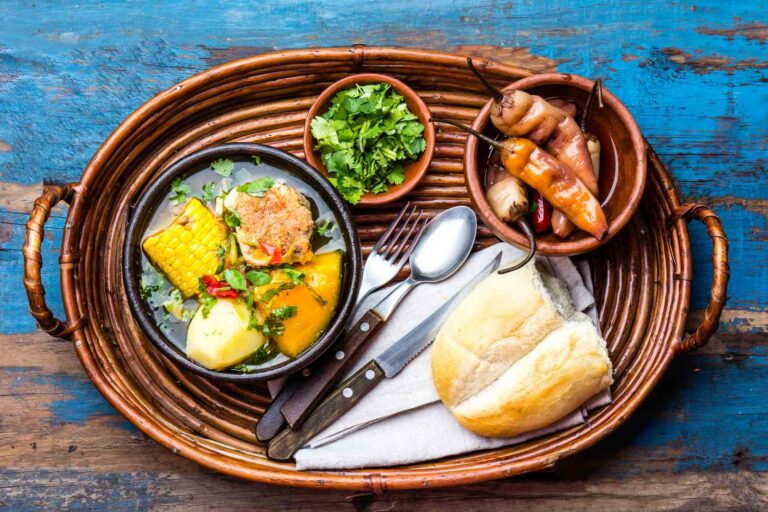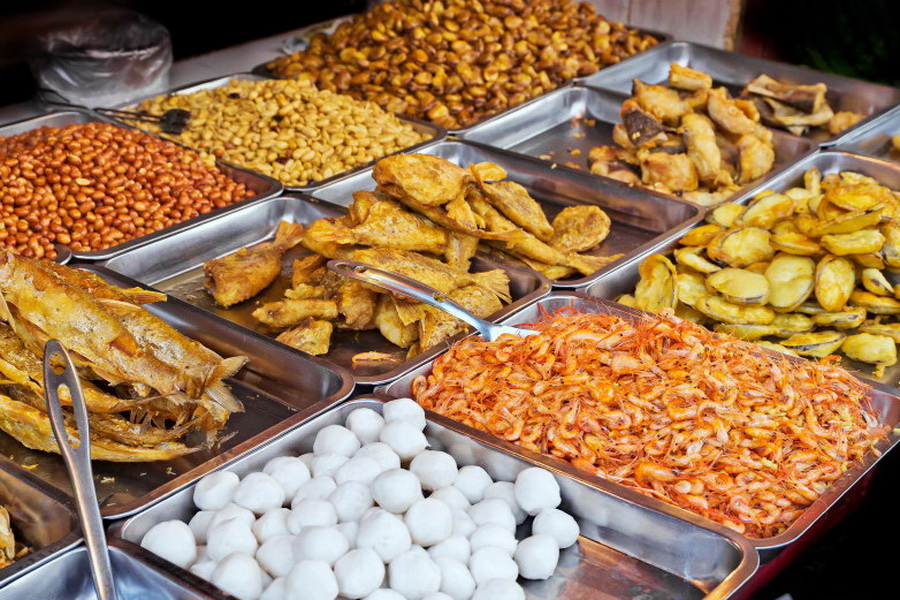Introduction to Côte d’Ivoire Cuisine
Côte d’Ivoire, also known as Ivory Coast, is a West African country that is known for its vibrant and diverse cuisine. Ivorian cuisine incorporates a wide array of ingredients, flavors, and spices that are reflective of the country’s cultural heritage, history, and geography. The cuisine of Côte d’Ivoire is characterized by a variety of starchy staples such as cassava, yams, and plantains, which are often served with an assortment of sauces and condiments.
The Role of Sauces in Ivorian Cuisine
In Ivorian cuisine, sauces and condiments play an essential role in adding flavor and depth to dishes. These sauces and condiments are often made with a combination of herbs, spices, vegetables, and protein sources such as fish, meat, or nuts. The use of sauces and condiments is not only limited to enhancing the flavor of the dish but also serves as a means of adding moisture and texture to the food.
Popular Sauces in Ivorian Cuisine
One of the most popular sauces in Ivorian cuisine is the attiéké sauce. This sauce is made with tomatoes, onions, garlic, chili peppers, and a variety of seasonings, such as ginger and coriander. The attiéké sauce is often served with attiéké, a staple food made from cassava that is similar in texture to couscous.
Another popular sauce in Ivorian cuisine is the peanut sauce, which is also known as sauce d’arachide. This sauce is made with ground peanuts, onions, tomatoes, and a variety of spices, such as garlic, ginger, and coriander. The peanut sauce is typically served with rice or boiled yams.
Attiéké Sauce: A Must-Try Ivorian Condiment
Attieke sauce is a must-try condiment in Ivorian cuisine. This sauce is a perfect complement to attieke, a staple food made of cassava. The attieke sauce is made from tomatoes, onions, garlic, chili peppers, and a variety of seasonings. The use of ginger and coriander adds an exotic flavor to the sauce, and the chili peppers give it a spicy kick. The attieke sauce is not only delicious, but it is also healthy since it is made from fresh ingredients.
Peanut Sauce: A Staple in Ivorian Cuisine
Peanut sauce is a staple condiment in Ivorian cuisine. This sauce is made from ground peanuts, onions, tomatoes, and a variety of spices. The combination of these ingredients gives the peanut sauce a unique flavor that is both savory and nutty. The peanut sauce is typically served with boiled yams or rice. The protein-rich peanuts provide a healthy source of nutrition, making the peanut sauce a popular condiment in Ivorian cuisine.
Sauce Graine: A Traditional Ivorian Sauce
Sauce graine is a traditional sauce that is commonly found in Ivorian cuisine. This sauce is made from the seeds of the African oil palm tree, which is native to West Africa. The seeds are ground into a paste and then cooked with a variety of ingredients such as tomatoes, onions, garlic, and chili peppers. The sauce graine is typically served with rice, yams, or plantains. The rich flavors of the palm oil and the spices make the sauce graine a delicious addition to any Ivorian meal.
Tomato and Onion Sauce: A Common Ivorian Condiment
Tomato and onion sauce is a common condiment in Ivorian cuisine. This sauce is made from a combination of tomatoes, onions, and spices such as garlic and chili peppers. The sauce is typically served with rice, yams, or boiled plantains. The tomato and onion sauce is a simple yet flavorful condiment that adds a burst of freshness to any Ivorian dish.
Conclusion: The Richness of Ivorian Sauces
Ivorian cuisine is rich in flavor and diversity, with a wide range of starchy staples, sauces, and condiments. The sauces and condiments in Ivorian cuisine are essential components that add depth and flavor to each dish. Whether it is the peanut sauce or the attieke sauce, Ivorian sauces provide a unique culinary experience that is both delicious and nutritious. So, the next time you are in Ivory Coast, don’t forget to try the delicious sauces that the country has to offer.

